Facial Spots Removal
Facial spots can be annoying and unattractive! Hence, many patients request for their removal, and they are surprised with the ease of the treatments. However, some facial growths are known to recur readily and one should be mindful of this before they proceed with any surgery.
Overview about the Types of Facial Spots
Seborrheic Keratosis
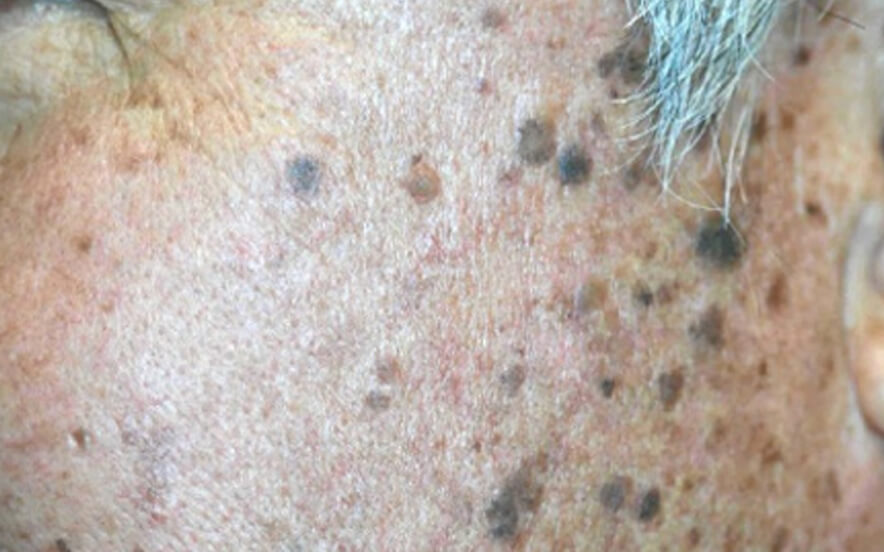
What is Seborrheic Keratosis (SK)?
Seborrheic keratosis is a common and harmless warty growth, usually brown in colour but can vary from skin colour to black. They are often multiple in numbers, varying in size from a few millimetres in diameter to larger than 10 millimetres. The main feature is the waxy, “pasted-on” or “stuck-on” appearance, most commonly found on the face and body.
Should one be concerned about SK?
They are non-cancerous and non-contagious. SK usually enlarges gradually over time, as well as becoming more numerous with advancing age and hence they are also commonly known as age spots. Sometimes, they are mistaken as viral warts or even as skin cancer e.g. melanoma. Seeking the help of a dermatologist in this instance is prudent.
How can they be removed?
Patients are surprised that electrosurgery is good enough to do the job, often with minimal to no scarring! Otherwise, we can remove them with CO2 laser or cryotherapy. Numbing cream is always used before treatment to make the treatment more comfortable and pain free for patients. A seborrheic keratosis may sometimes be difficult to distinguish from a skin cancer. In such a situation, Dr Wong will do a biopsy to determine the exact nature of the lesion.
When SK becomes itchy, irritated, or bleeds easily, it is prudent to remove them. However, most patients request for their removal because they are cosmetically unattractive.
Sebaceous Hyperplasia
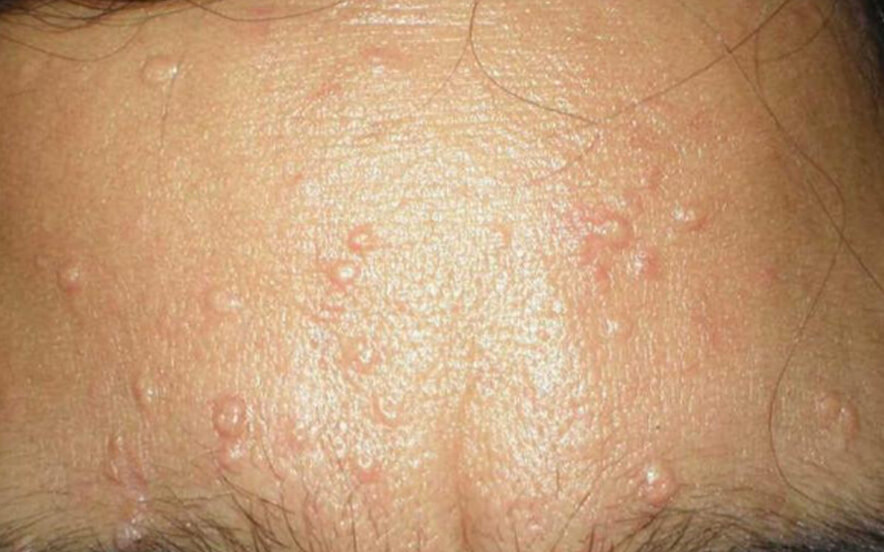
What is Sebaceous hyperplasia(SH)?
Sebaceous hyperplasia is a common, benign overgrowth of the oil glands in adults of middle age or older. It consists of creamy pink or yellow-coloured spots with a central dimple, usually occurring on the forehead, cheeks and nose.
What will happen to SH?
SH usually enlarges gradually over time, as well as becoming more numerous with advancing age. Sometimes, they are mistaken as scars when they appear in groups on the nose.
How can they be removed?
These spots can be treated with cryotherapy, cautery or laser treatment. But they tend to recur unless the entire SH is removed and destroyed.
Syringomas
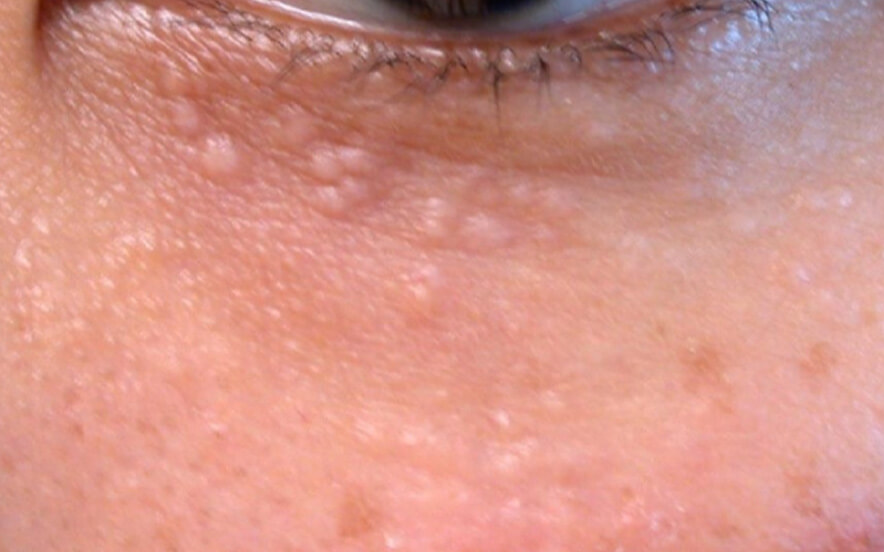
What are Syringomas?
Syringomas are benign growths of the sweat glands seen usually around the eyes. They usually appear as fleshed-coloured spots and are more common in women.
How can they be removed?
They may be removed by minor surgery or laser surgery. In most patients, the result is acceptable and satisfactory! Sometimes small scars may result and there may be recurrence.
Xanthelasma
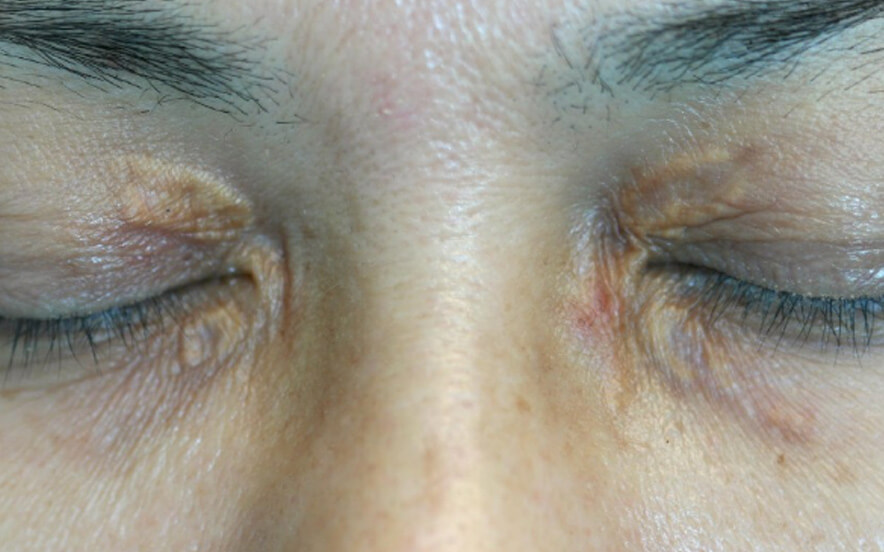
What is Xanthelesma?
Xanthelasma occurs as raised yellow patches on or around the eyelids and they are actually cholesterol-laden deposits.
How can they be removed?
They may be removed by minor surgery or laser surgery. Several laser sessions may be necessary before the xanthelasma is completely cleared. They can regrow and the tendency of recurrence is quite high.
Moles
A mole commonly appears as a small-pigmented spot on the skin. When a mole is atypical and cancerous looking, it is best to surgically excise the suspicious moles for laboratory analysis.
Milia
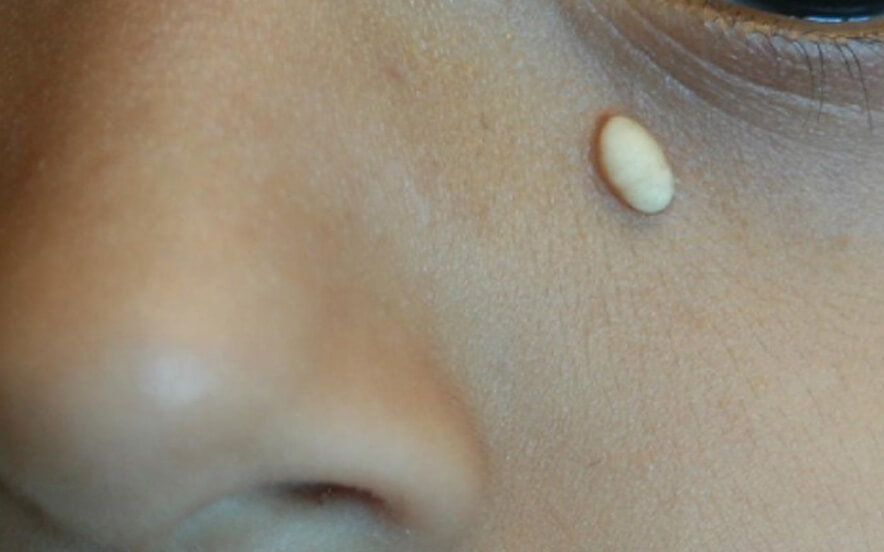
Milia are 1-2 mm white or yellow spots that appear commonly on the cheeks and eyelids. They can arise suddenly after some minor skin injury or without any reason. Not knowing what these lesions are, some unsuspecting patients have had their milia removed by laser! It can be removed easily without a laser in the Assurance Skin clinic and all would heal without any scar.
Pyogenic granuloma
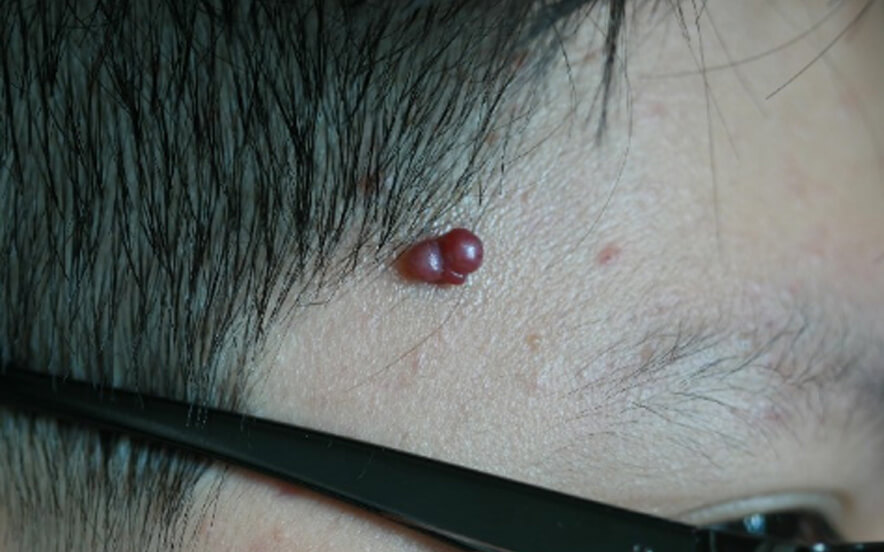
Pyogenic granuloma is a relatively common lesion that presents as a painless red or blue-black growth. It usually grows rapidly over a period of a few days to weeks to a final size of around 1cm. Although they are benign, they can cause discomfort and bleed spontaneously and profusely.
The cause of pyogenic granuloma may be associated with the following factors: trauma, infection and hormonal changes (e.g. during pregnancy). Once diagnosed, it can easily be removed with shave excision and electrosurgery. It can recur after treatment because the feeding blood vessels remain despite the electrosurgery. Hence, it may be necessary to repeat the treatment.
Make an Enquiry
Got questions? Fill up this form and our clinic staff will revert as soon as possible.
For faster response, call us at +65 6694 1121
Chat with our friendly clinic staff through Whatsapp!
Visit Us
Start your skin health restoration journey with us today!
Assurance Skin, Laser & Aesthetics
Mount Elizabeth Novena Specialist Centre
#10-22/23, 38 Irrawaddy Road ,
Singapore 329563
Mon, Tues, Wed, Fri: 9.00am-5.00pm;
Thurs, Sat: 9.00am-12.30pm;
Sun & Public Holidays: Closed
Dr. Wong Soon Tee
Consultant Dermatologist

Dr. Wong Soon Tee
Consultant Dermatologist
Care and Professionalism Refined by
Over 30 Years of Dermatology Experience
- MBBS, Yong Loo Lin School of Medicine, Singapore
- MRCP. Member of Royal College of Physicians, United Kingdom
- FAMS, Fellow of Academy of Medicine, Singapore
- Adjunct Assistant Professor, National University of Singapore
- Visiting Consultant, University Dermatology Division, National University Hospital
- Visiting Consultant, Aesthetic Plastic Surgery Centre, National University Hospital
Why Choose Us
-
Dr Wong connects well with his patients & he is a specialist with over 30 years of experience.
-
Our specialist listens & explains well to his patients on their skin issues and their queries.
-
We offer carefully curated FDA & HSA-approved treatments that give effective results.
-
Full financial counselling & adherence to MOH guidelines on the surgical fee.

